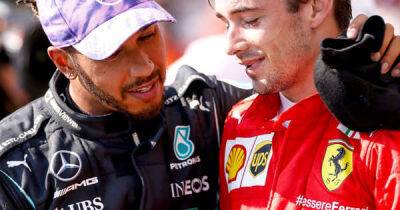Brundle: Max masterclass bolsters title defence | Are Merc really back?
The Circuit Gilles Villeneuve on the Isle Notre Dame in Montreal is a narrow stretch of parkland road around a casino tightly defined by walls, a rowing lake, and a steep drop into the immense St Lawrence Seaway. From a helicopter it looks like a tiny ribbon of road surrounded by vast expanses of water.
This means that it's very unforgiving and has little space in which to expand for run-off areas. It's old school and all the better for it in my view.
For many reasons this track is synonymous with the safety car, the method used to neutralise a race rather than having to stop it altogether.
The safety car was first introduced here in 1973 and, so new was the concept, the driver picked up the wrong 'leader' and most likely determined that McLaren's Peter Revson took victory rather than Emmerson Fittipaldi in his Lotus.
Given that it was only at the 1971 Canadian GP in Mosport that F1 first stopped a race by red flag, this was rapid progress. Before then we had many horrific scenes of race cars continuing to pass by stricken drivers caught up in fireballs and folded monocoques.
Fourteen of the past 22 races in Montreal have been interrupted by a safety car, which appeared no less than four times in 1999 and 2007, and in the legendary four-hour, four-minute race won by Jenson Button in 2011 the safety car led the pack around for 32 of the 70 laps. Uniquely this race has twice finished behind the safety car - in 1999 and 2014.
'The track is not fit for purpose then', I hear some of you say, but I believe it's just fine. The best way to minimise incidents is to race in a straight with large run-off areas to the side, or simply stay at home. I prefer Montreal.
So it's little surprise then that the safety car played a key role





